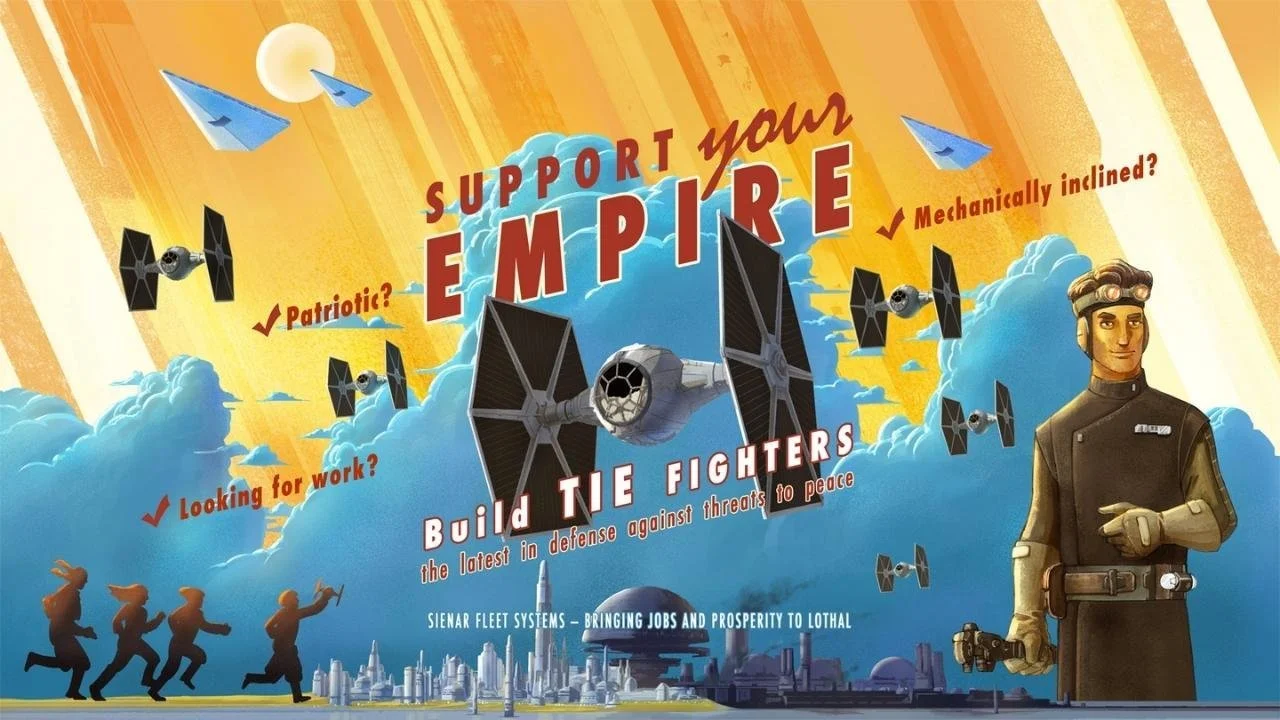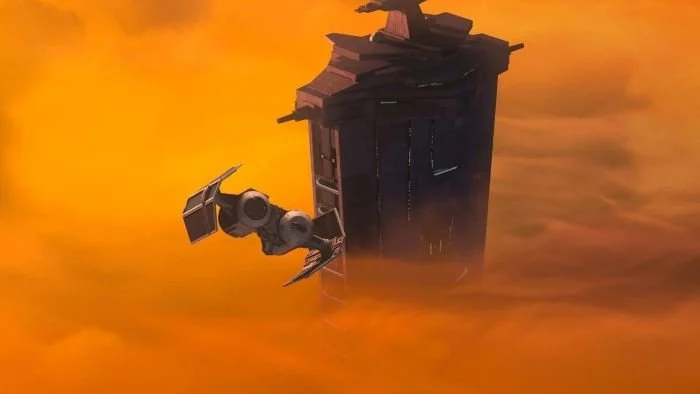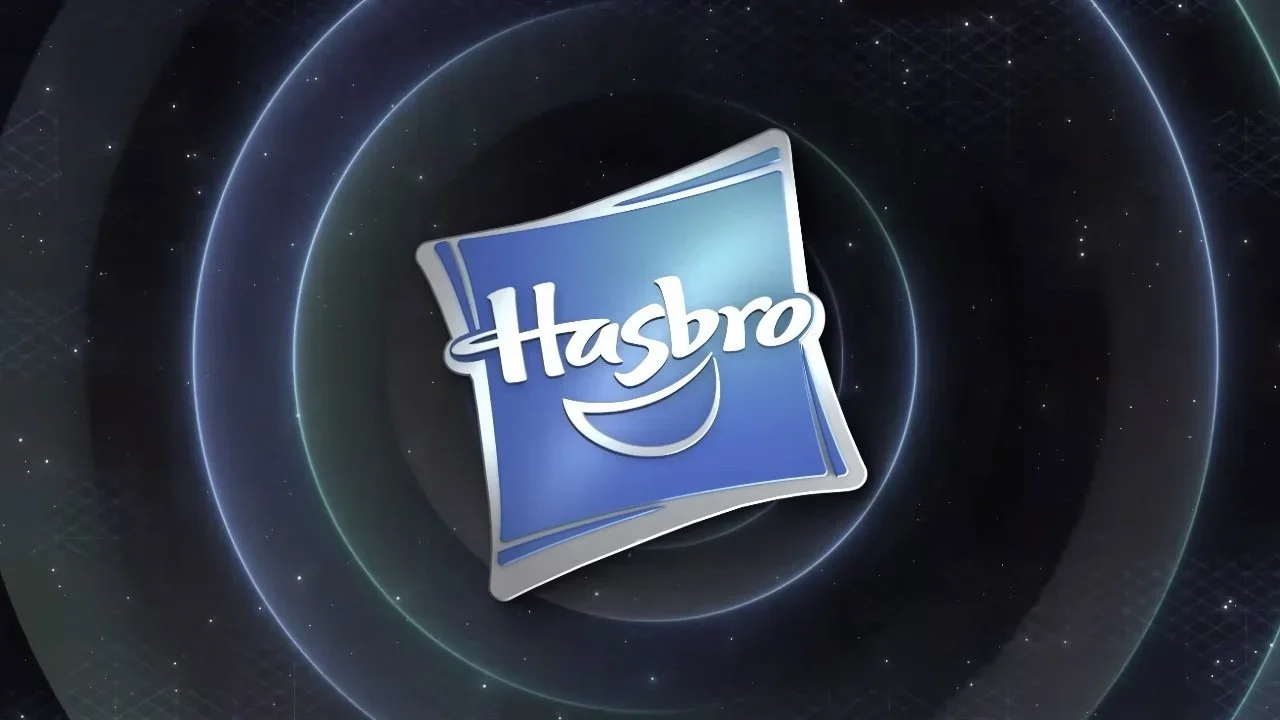So You Want To Be An Imperial Starfighter Pilot?
Image Source: Geek Pride
The TIE/ln space superiority starfighter, more commonly referred to as simply the TIE fighter, was one of the most recognizable symbols of the Galactic Empire’s overwhelming military might. The sheer number of TIE fighters deployed in any given engagement and the losses sustained among their ranks might lead a casual observer to conclude that their operators were cannon fodder, of relatively little value, and minimally trained by the Empire. In fact, Imperial starfighter pilots were highly competent, disciplined, and qualified elite.
TIE fighter pilots would undergo intense physical and mental trials in any number of institutions dotting the galaxy such as Skystrike Academy, or the Royal Imperial Academy once located on Coruscant. Only active Imperial military personnel were qualified as applicants to these academies. Acceptance into the program was no guarantee of a posting as a pilot, however, as only ten percent of all those who entered training ever graduated. The Empire expected their flight cadets to place mission completion above all other considerations, and employed psychological conditioning to ensure fanatical dedication to the Emperor and his grand schemes for domination. Those who did not make the grade to pull combat duty in a TIE fighter returned to their original postings.
Image Source: Wallpaper Crafter
RELATED:
The design of the TIE fighter itself was a double-edged sword for its operator. Its twin ion engines, for which the craft was named, were efficient, uncomplicated, high-output, and incredibly light, meaning the TIE fighter was uncommonly fast and maneuverable. This mechanical superiority could spell a tremendous advantage in any engagement, but it could also lead to disaster if the pilots put too much faith in their machine’s perceived capability to outfly any possible threat. TIE fighters owed some of their lightness to a total lack of any form of shielding, a fact that elicited pride in some pilots as at any given moment there was a razor’s edge between themselves and total annihilation. Deep space TIE operators, or “vac-heads,” already known for their arrogance as some of the most elite, were frequently bestowed with a sense of superiority over other combat pilots who employed deflectors, a practice they believed called their bravery into question.
Despite the extreme conditioning and rigorous systems implemented for these troops, total loyalty was never completely assured. Some of the most famous names of TIE pilots are, remarkably, individuals who broke ranks with their Imperial leadership and defected to the Rebellion, with some of these going on to distinguish themselves as prominent members of the Alliance to Restore the Republic.
In the years leading up to the decisive Battle of Yavin, Wedge Antilles and Derek “Hobbie” Klivian were both cadets at Skystrike Academy on Montross, along with one Rake Gahree. These three had their allegiance to the Empire challenged by their commanding officers’ ruthless practice of destroying Rebel ships after they had surrendered. In 2 BBY, they contacted Phoenix Cell through Fulcrum, and Sabine Wren was dispatched to facilitate their defection. Rake Gahree was killed during their escape, but Antilles and Klivian went on to fight for the Rebel Alliance in several renowned battles.
Image Source: Wookieepedia
Klivian was apparently inspired by Wren’s bravery and followed in her footsteps by going undercover aboard an Imperial starship to assist in the defection of another pilot, Biggs Darklighter, a native of Tatooine and childhood friend of Luke Skywalker. Biggs fought in the Battle of Yavin under the callsign Red Three, alongside Skywalker and Antilles. He lent invaluable support but was killed in action at the hands of Darth Vader.
Hobbie continued to fight for the Alliance in a number of engagements, eventually meeting his own end in the Battle of Hoth, in which he sacrificed his crippled snowspeeder in a maneuver that helped save many of his compatriots by destroying an Imperial Walker and slowing the overall advancement of the Empire’s ground forces.
Of all the pilots to have left the Imperial Starfighter Pilot training program and joined the Rebellion, Wedge Antilles has one of the most storied careers. The pilot who began his career as TIE SS-2-5 became one of only two survivors from Red Squadron in the Battle of Yavin, the other being Luke Skywalker himself. Over the years, he has been an escort for Rebel leaders, a blockade runner, saboteur, recruiter, scout, supply runner, liberator, and even manned the guns of the Millenium Falcon during the large-scale assault on Exegol.
The TIE fighter’s legacy is inextricably linked to an empire’s failed bid for galactic domination. As there are now countless wrecks of these once intimidating craft strewn across the face of almost as many worlds, their message to us, whispering in the winds and tides of those worlds, is perhaps merely that any machine is only as effective as the character of the individual tasked with its operation. May the Force be with us all.
READ NEXT:














